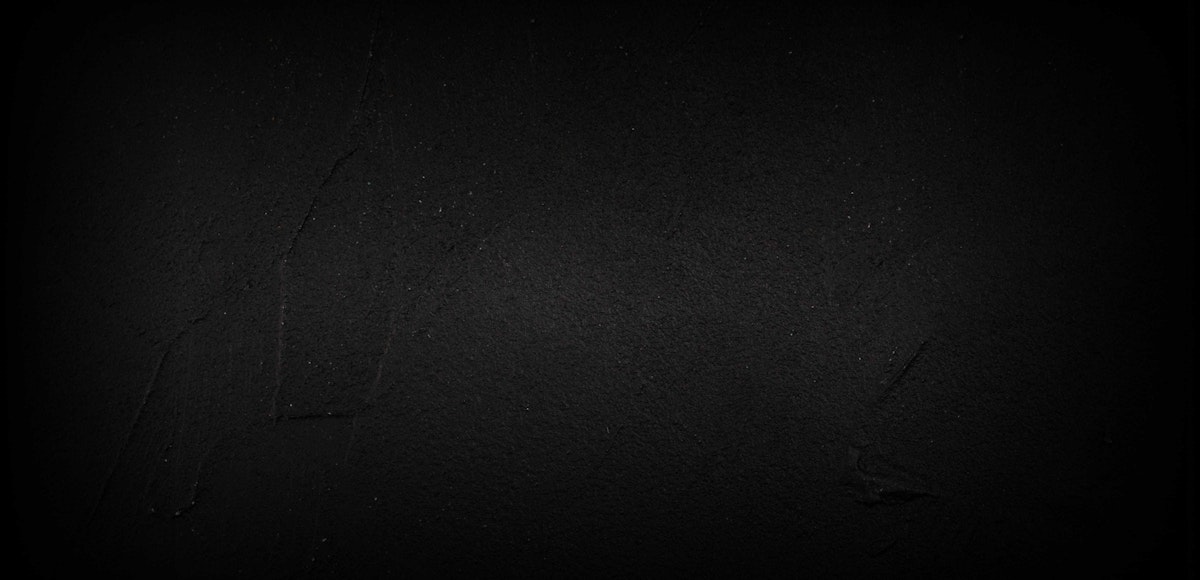The documentary play Wellbeing – Mental Noise is the culmination of a long process of research and creative work, and was initiated by Ministry of Education, Children and Youth to accompany a data update about youth’s situation in Luxembourg in 2021. We have met three people, who were involved at different stages of the project, including a Rotondes theatre educator, Mirka Costanzi.

The theatre educator Mirka Costanzi
Mirka, you and our colleague Amandine Moutier met up with several school and extracurricular groups to prepare the Wellbeing play. Can you explain the purpose of these meetings?
Rotondes and the Ministry of Education, Children and Youth entrusted the creation of the play to director Nathalie Moyen. The planned theme was the wellbeing of young people in Luxembourg, but we quickly found out that, apart from scientific studies, there was no material available about the daily life of our youth. Our objective was therefore twofold. As a first step, we collected young people’s words and feelings to support the creative work. Then we made them aware of the issues related to wellbeing and what it actually means to them, how they can work towards it, why they can’t always achieve it…
It is a delicate and very personal topic. Was creating a relationship of trust an essential part of your work?
Definitely, and that’s why we wanted the project to be spread out over time, and why we made a programme of 3 or 6 meetings with each group. Prior to those meetings, we also organised training sessions with their teachers. We presented the project to them, defined what our role was in it and what everyone else’s role would be. Through the teachers, we asked the young people three questions. We wanted to know what their expectations were, what their fears were and what they thought they could bring to the project. In this way, any possible misunderstandings were cleared up from the outset and we were able to get off to a good start.
Our aim was not to make discussion groups where everyone could talk about their problems. But we weren’t there either to simply collect testimonies, photos and recordings. The intention was not to “exploit” the young people and their emotions in any way. We wanted to give them a time out to pause and reflect. Nearly all of them will come and see the play and we will meet them afterwards to talk.
What is the role of a theatre educator in a project like Wellbeing?
In all projects, a theatre educator’s job is to encourage the participants to use their individual, social and creative skills. That is what’s been at the heart of the project: to help the young people question when and where they feel good. To know how to be in state of wellbeing, you must know yourself and who you are, be aware of your values, be able to recognise the emotions that come up when you feel good or bad. We talked about which defense mechanisms we use to manage our stress, for example. It was interesting to approach all of this in a more theatrical setting instead of a class setting, by using interviews, movement and typical educational theatre activities.
Were the workshops guided by the director’s needs?
We could have done an educational component separate from the creation of the play but that would have been a missed opportunity. So we asked Nathalie to give us some prompts and tell us which themes to focus a bit more on, so we were sure to bring back testimonies and stories that would be useful for her. That’s what led us to approach themes about identity, values and everyday life. Nathalie also attended some of the workshops to talk directly with the participants and ask them the questions that were on her mind. For the young people it was important to meet the artistic team behind the project, who were going interpret their feelings and lives. For Amandine and me, it also allowed us to highlight the aesthetic side of the project.
The whole process must have prompted the young people to think about important things in a way they don’t usually do?
Alongside the workshops, they all had a notebook they could use to freely and anonymously write down different concerns some felt were too personal or complicated. It was interesting to see that the difficult issues differed according to their age. In any case, the workshops opened the way for new discussions between them and led to for in-depth reflections. I am convinced that they will all take something away from this project.




